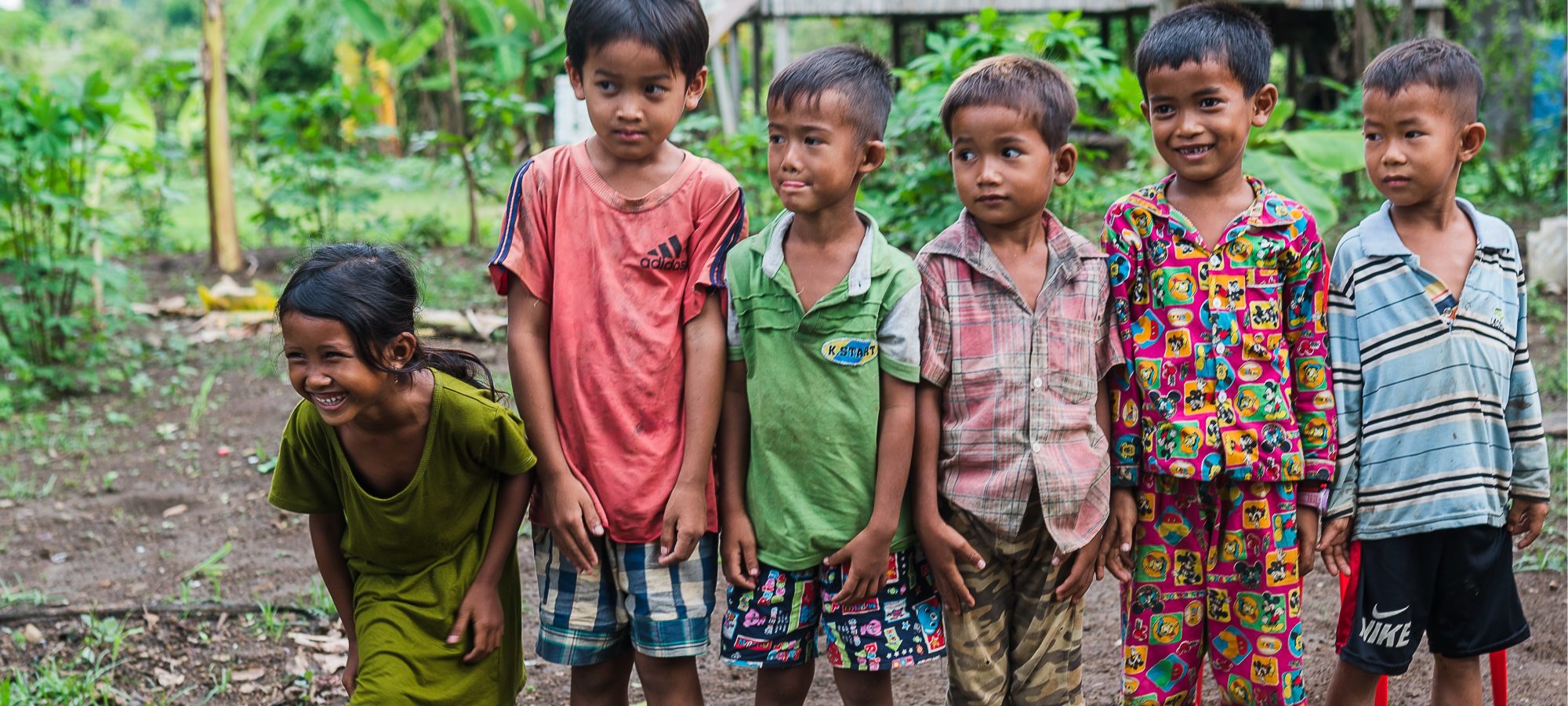Sweat glistens on the skin of the 24-year-old Jeanine. Here and there it coalesces into tiny rivulets that trickle and drip onto the bedsheets. A high fever rages inside her, accompanied by a crushing headache and pains that wrack her muscles.
Earlier during the day, a doctor told her the test had been positive. She was suffering from dengue, and there is no treatment for the disease. All the clinic staff could do was to treat the symptoms, basically with painkillers, and make her comfortable. She just had to see it through, let her body do the fighting. And hope the infection would not develop into a more deadly form.
Each year an estimated 390 million people contract dengue virus. Most of them are only mild infections, but some progress to the more severe dengue haemorrhagic fever that kills many thousands of people.
And it is spreading. Every year there are more cases, across more and new areas of the world, and we seem unable to stop its relentless march.
Why is this happening?
Dengue virus is spread by two mosquito species that have a particularly close affiliation with humans. These are Aedes aegypti, and its sister species Aedes albopictus. Of the two, Aedes aegypti is more effective carrier.
Seen under a microscope, they are surprisingly attractive mosquitoes, with beautiful patterns of black and silvery-white, each with its own characteristic design that makes it easy to recognise.
Both these species are strongly attracted to humans for the blood-meals the females need to produce their eggs. Both breed in small quantities of water – such as the water storage jars around households in tropical countries, or in rainwater that collects in discarded tins, bottles and other rubbish. They also prefer to bite by day, when people are not protected by mosquito nets.
Aedes aegypti is originally from Africa. Here, in the tropical and subtropical regions of the continent, it silently transmitted yellow fever and several other viruses.
During the slave trade, some of these mosquitoes found their way into the storage areas of ships that plied routes between the west coast of Africa and the Caribbean. In the humid and warm lower decks, they thrived on the blood of the sailors huddled in the confined spaces.
Female mosquitoes also laid virus-infected eggs in the rain-soaked containers and goods that lay on the docks before being stowed. Remarkably, these eggs can survive complete dessication, remaining viable for months until at some future time the rains return and provide the moisture they need to hatch and the larvae to complete their development.
More amazingly, the virus – which passes from the infected female mosquito into the eggs – can also survive this desiccation, and then pass successfully through the various larval stages so that the female mosquito that emerges is ready to pass the virus on. In this way yellow fever was transferred from Africa to the Caribbean as early as the mid-1600s, where it spread at rampant pace across much of South America through Central America and into the southern parts of North America, causing the deaths of tens of thousands of people.
In the same way that Aedes aegypti invaded South America via the slave trade and transferred yellow fever from one continent to another, so it is spreading dengue to numerous countries today. Both Aedes aegypti and Aedes albopictus have, over the last half century or so, exploited increasing trade between continents to stow on board ships and aircraft, and even buses and taxis, to hop from one country to the next.
And it is not only dengue that is spreading its misery and economic consequences across the globe. Other mosquito-borne diseases are following the same pattern, collectively scaling up the public health threat. Within the next decade, they are set to overtake malaria as the biggest mosquito-borne health threats on the planet.
Dengue is already a significant second to malaria. Some of the others are chikungunya, Zika and West Nile virus, while yellow fever will pose a serious threat when it inevitably establishes a foothold in Asia. But the list does not end there.
Africa has been the source of several of our worst mosquito-borne viruses, and there are multiple others with exotic names such as Spondweni, Ndumu, Ntaya, Sindbis, Semliki Forest virus, O’nyong-nyong and more. Like Zika before them, their potential for escaping their confines in rural Africa and turning into international public health threats remains unknown, and we neglect them at our peril.
As so often happens, something dramatic has to take place before society is rudely shocked into action. So long as these viruses are quietly circulating in the confines of rural Africa, we will ignore them – until the day when the next Zika starts spreading like wildfire across a continent.
We still haven’t taken the lessons on board. Dengue continues to spread, and so too Zika, chikungunya, and others. We lack the vaccines to stop these diseases in their tracks, we do not provide the resources to effectively measure their true prevalence and incidence, we still grapple to develop effective tools to deal with the mosquitoes that carry the debilitating viruses. The time has come to be more proactive of these looming threats.
Leo Braack is Senior Vector Control Specialist at Malaria Consortium.
Now read this: It’s time for a World Dengue Day. Here’s why.
